
Devotional Music: Explore various styles like Kirtan, Bhajan, Qawwali
Devotional music has always been more than just sound. It is an experience, a connection, and in many ways, a path to peace. Across India, music has played a role in expressing devotion, shaping traditions, and bringing people together. The journey of devotional music is diverse, and every style carries its own flavor, story, and spiritual depth.
When you hear a kirtan in a temple, a bhajan sung at home, or a qawwali in a dargah, the feeling is almost universal. It transports you away from distractions and brings you closer to something higher. People across generations continue to hold these musical forms close to their hearts, not just because of faith, but because of the sense of unity they create.
The Essence of Devotional Music
At its core, devotional music is about surrender. It allows an artist to become a medium through which emotions and prayers reach listeners. Unlike other musical styles, devotional music is less about technical perfection and more about honesty and depth. The power of these songs lies in their ability to connect human longing with divine presence.
In India, devotional music is not tied to one religion or community. It exists in temples, gurudwaras, churches, and dargahs, carrying different languages, rhythms, and stories. This variety is what makes devotional music so rich and inclusive.
Kirtan: Collective Energy in Music
Kirtan is one of the oldest forms of devotional expression. Rooted in the Bhakti movement, it is often performed as a group activity where singers and musicians create a call-and-response pattern. The energy of kirtan lies in participation. You don’t just listen; you join in.
I once heard a story from a temple priest in Vrindavan who said that during a long kirtan session, he saw people from different walks of life singing together without hesitation. A businessman, a student, and even a foreign tourist joined the same chant. None of them knew each other, but the rhythm made them feel united. That is the magic of kirtan—it breaks barriers and builds community.
In modern times, kirtan has also found global attention. Yoga communities across the world often end their sessions with kirtan chanting. For many, it is not only about religion but also about healing and mindfulness.
Bhajan: Simple Yet Soulful
Bhajans are probably the most common form of devotional music in Indian households. They are simple songs, often composed in regional languages, that carry stories of gods and goddesses. What makes bhajans so powerful is their accessibility. You don’t need a trained voice to sing one. Families gather during festivals or evenings, light a lamp, and sing together.
I once attended a bhajan session during Janmashtami in Mumbai. The singer was not a professional artist but an elderly woman who sang with sincerity. Her voice cracked in places, yet the audience was moved. People were clapping softly and singing along, and you could feel the devotion in the air. That is the essence of bhajans—the power of heartfelt expression over polished technique.
Even today, bhajans are evolving. Many artists experiment with instruments like guitar and keyboard to create contemporary versions. These changes keep the tradition alive and help young audiences relate to devotional music.
Qawwali: Passionate Devotion through Poetry
Qawwali is one of the most vibrant forms of devotional music. Originating in Sufi traditions, it blends poetry, rhythm, and melody into an experience that can last for hours. Qawwalis are usually performed at dargahs or during religious gatherings, but they have also reached mainstream platforms through films and concerts.
The charm of qawwali lies in its intensity. A lead singer, supported by a group of vocalists and harmonium players, builds the song slowly. With every repetition, the energy grows, and by the end, the audience often feels transported. It is not unusual to see people moved to tears or dancing with abandon during a qawwali performance.
I once heard an event manager share a story about organizing a qawwali night in Delhi. The performers started with a slow-paced verse, and the hall was silent. Within 20 minutes, the same audience was clapping, singing, and swaying together. The manager said it was the easiest event he ever handled because the music itself managed the crowd. That is the unique influence of qawwali—it transforms listeners into participants.
Why Devotional Music Still Matters
In today’s fast-paced world, devotional music offers a much-needed pause. It allows people to step away from stress and noise, even if only for a few minutes. Many young listeners stream devotional playlists while working or traveling, not always for religious reasons but for the calmness it brings.
Event organizers also recognize its value. Whether it’s a temple gathering, a corporate spiritual retreat, or a cultural event, devotional music continues to attract audiences. Booking artists for such events is easier today, and platforms in Mumbai and other cities are connecting organizers with devotional singers and groups.
The Cultural Bridge
One of the most beautiful aspects of devotional music is how it acts as a bridge. A bhajan in Hindi, a qawwali in Urdu, or a kirtan in Punjabi—all carry the same emotional weight. This cross-cultural presence makes devotional music one of the most inclusive art forms.
I have often seen audiences at concerts where people didn’t understand every word of the lyrics, but they still connected with the music. The emotion behind the sound is universal, and that is what makes devotional music timeless.
The Future of Devotional Music
While traditions remain strong, the future of devotional music is also exciting. Digital platforms now allow artists to reach audiences far beyond their local community. A kirtan singer from Vrindavan can be heard in New York within minutes. Bhajans are streamed on music apps daily, and qawwali performances reach millions through video platforms.
This digital shift is not replacing the traditional gatherings but expanding them. It ensures that devotional music stays relevant for younger audiences who consume most of their music online.
Final Thoughts
Devotional music is not just about religion; it is about connection. Whether you join a lively kirtan, sing a bhajan at home, or listen to a qawwali under the stars, the effect is the same—you feel closer to yourself and to others.
In India, devotional music continues to shape culture and inspire communities. Its power lies in its simplicity, inclusiveness, and ability to move hearts. The next time you hear these sounds, pay attention not just to the lyrics but to the feeling they create. That is where the true spirit of devotional music lives.
Live entertainment creates lasting impressions at all kinds of events. From weddings to concerts, bo
Music sets the tone for every occasion. Whether you’re hosting a wedding, birthday, or corpora
Whether you’re planning a corporate event, a DJ night, a wedding, or even a family get-togethe




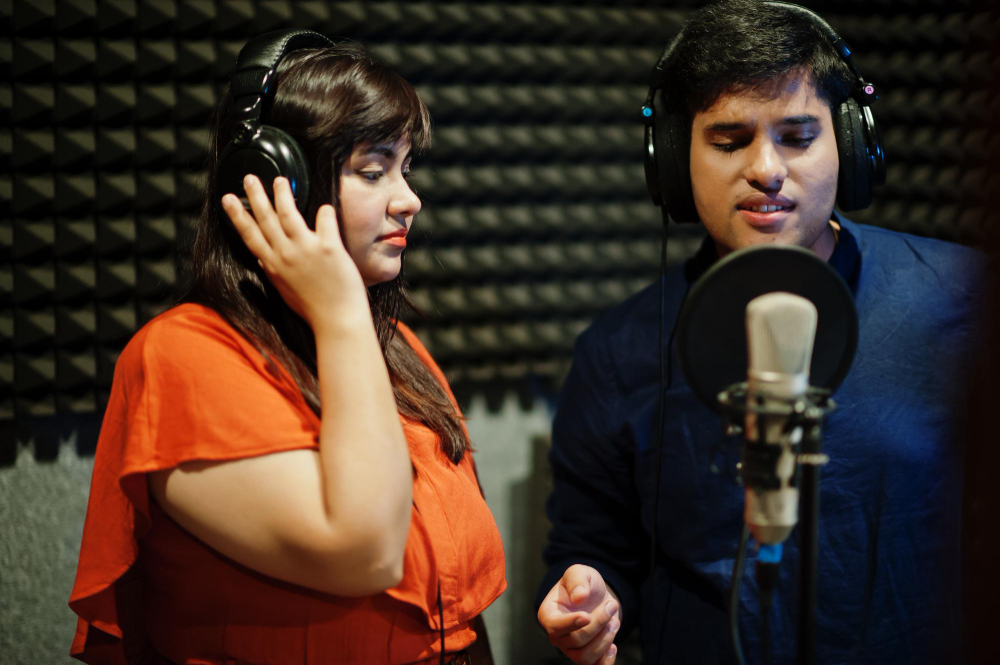
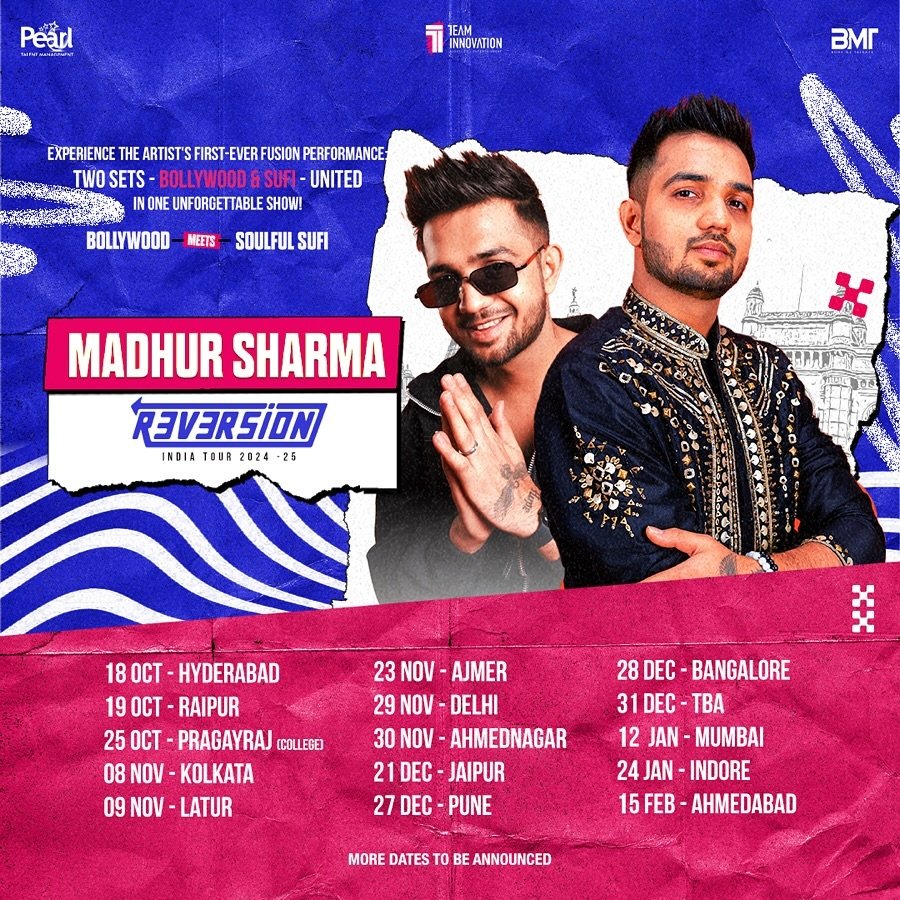
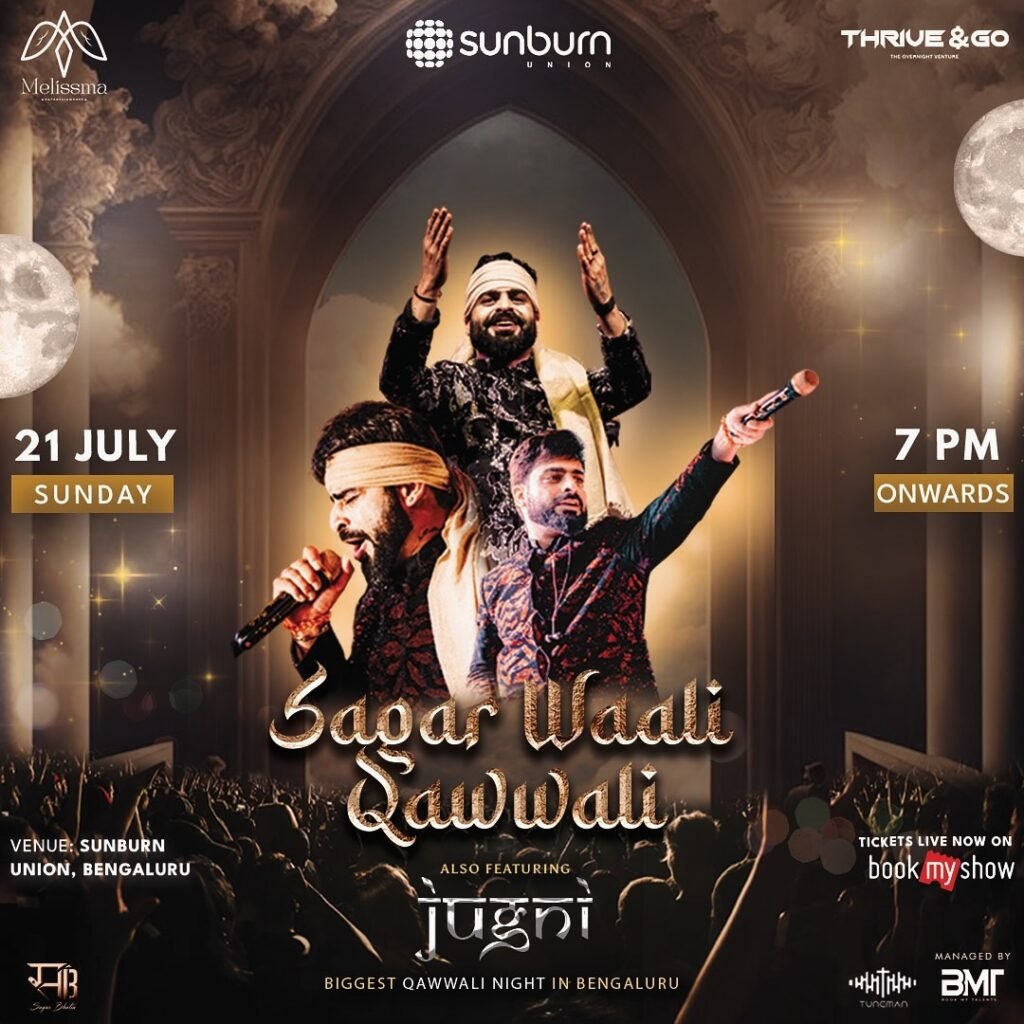
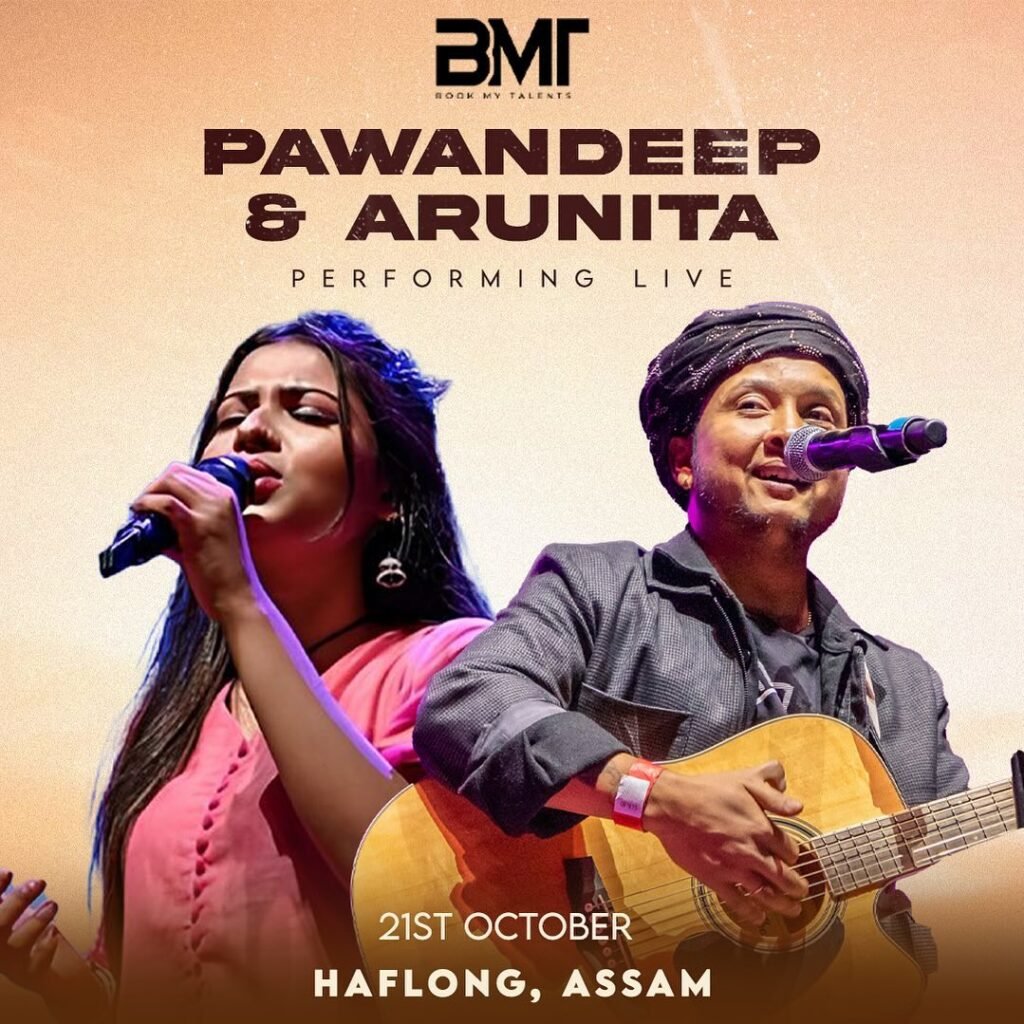

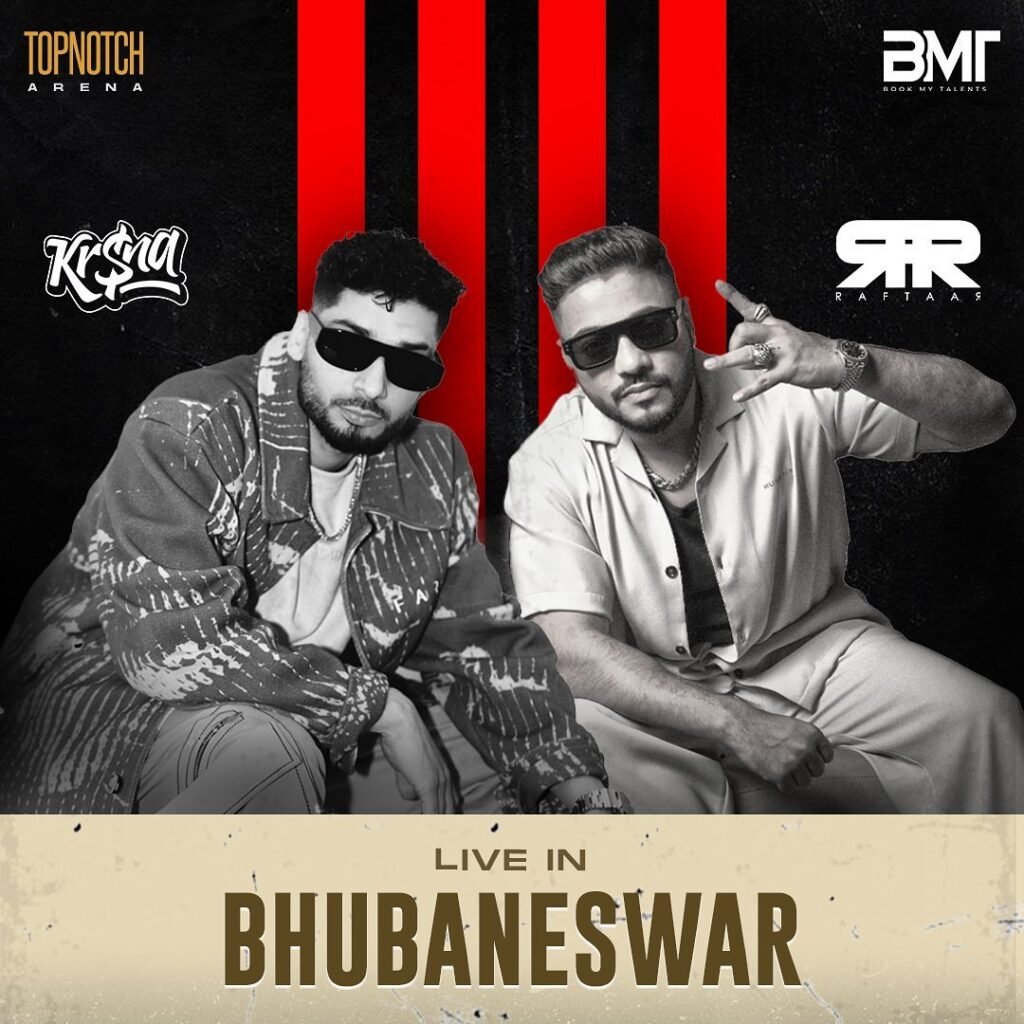
Leave a Reply